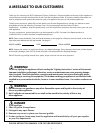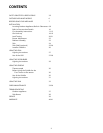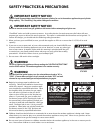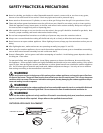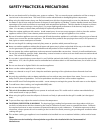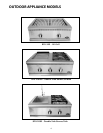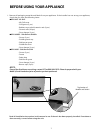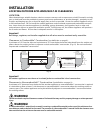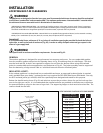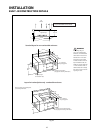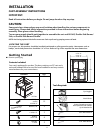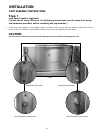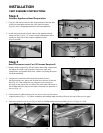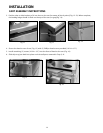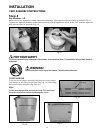Special offers from our partners!

Find Replacement BBQ Parts for 20,308 Models. Repair your BBQ today.
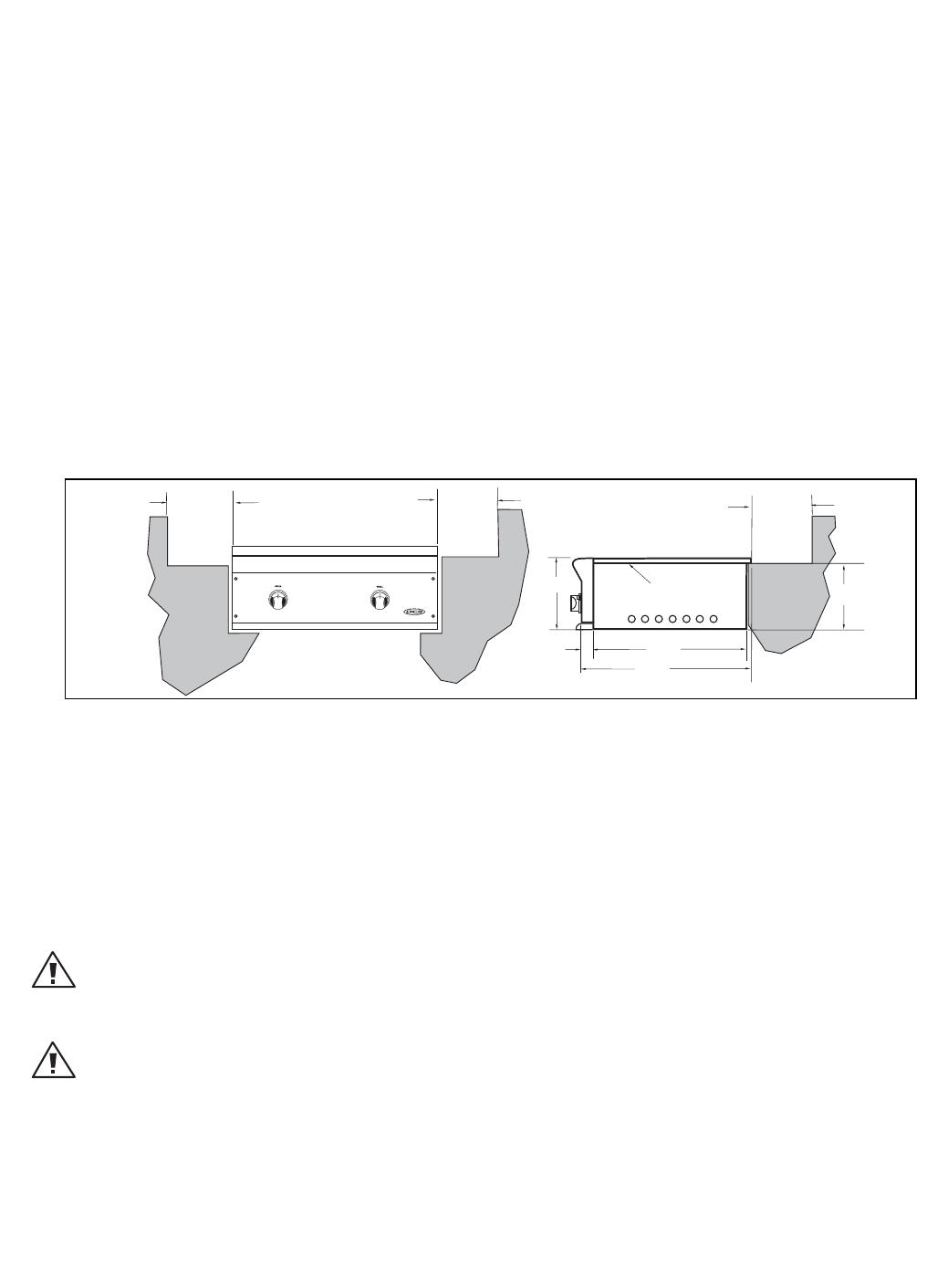
8
INSTALLATION
LOCATING OUTDOOR APPLIANCE/BUILTIN CLEARANCES
LOCATION:
When determining a suitable location, take into account concerns such as exposure to wind (If located in a windy
area, a wind break must be provided to prevent poor burner performance or product damage.), proximity to traf-
fic paths and keeping any gas or electrical supply lines as short as possible. Locate the outdoor appliance only in
a well ventilated area. Do not install the outdoor appliance under overhead unprotected combustible construc-
tion. Never locate the outdoor appliance in a building, garage, breezeway, shed, gazebo, lanai or other such
enclosed areas without an approved ventilation system. During heavy use, the outdoor appliance will produce a
lot of smoke and flames. Ensure there is adequate area for it to dissipate.
Important!
Gas fittings, regulator, and installer supplied shut-off valves must be used and easily accessible.
Clearances to Combustible* Construction (
see definition on page 9)
:
A minimum of 12” from the sides and a minimum of 12” from the back must be maintained from the outdoor ap-
pliance above the cooking surface to adjacent vertical combustible* construction. (Fig. 01) Do not install under
unprotected combustible* construction.
Important!
All outdoor appliances must have an insulated jacket to combustible island construction.
Clearances to Noncombustible** Construction (
see definition on page 9)
:
A minimum of 3” clearance from the back of the outdoor appliance to noncombustible** construction is required.
It is desirable to allow at least 6” side clearance to noncombustible** construction above the cooking surface or
counter space. The outdoor appliance can be placed directly adjacent to noncombustible** construction below
the cooking surface.
WARNING!
Failure to maintain required clearances creates a fire hazard that may result in property damage or serious personal
injury.
WARNING!
If a Noncombustible** material such as metal is covering a combustible material such as wood, the minimum clear-
ance distance needs to be held to the wood. The presence of a Noncombustible** material inside the clearance zone
does not eliminate the minimum clearance zone to combustible material.
10-1/2"
Maintain
12" from
combustible
construction
10 -1/16"
25-1/2"
22-3/4"
2"
Bottom of
support flange
Maintain
12" from
combustible
construction
Maintain
12" from
combustible
construction
Fig. 01




